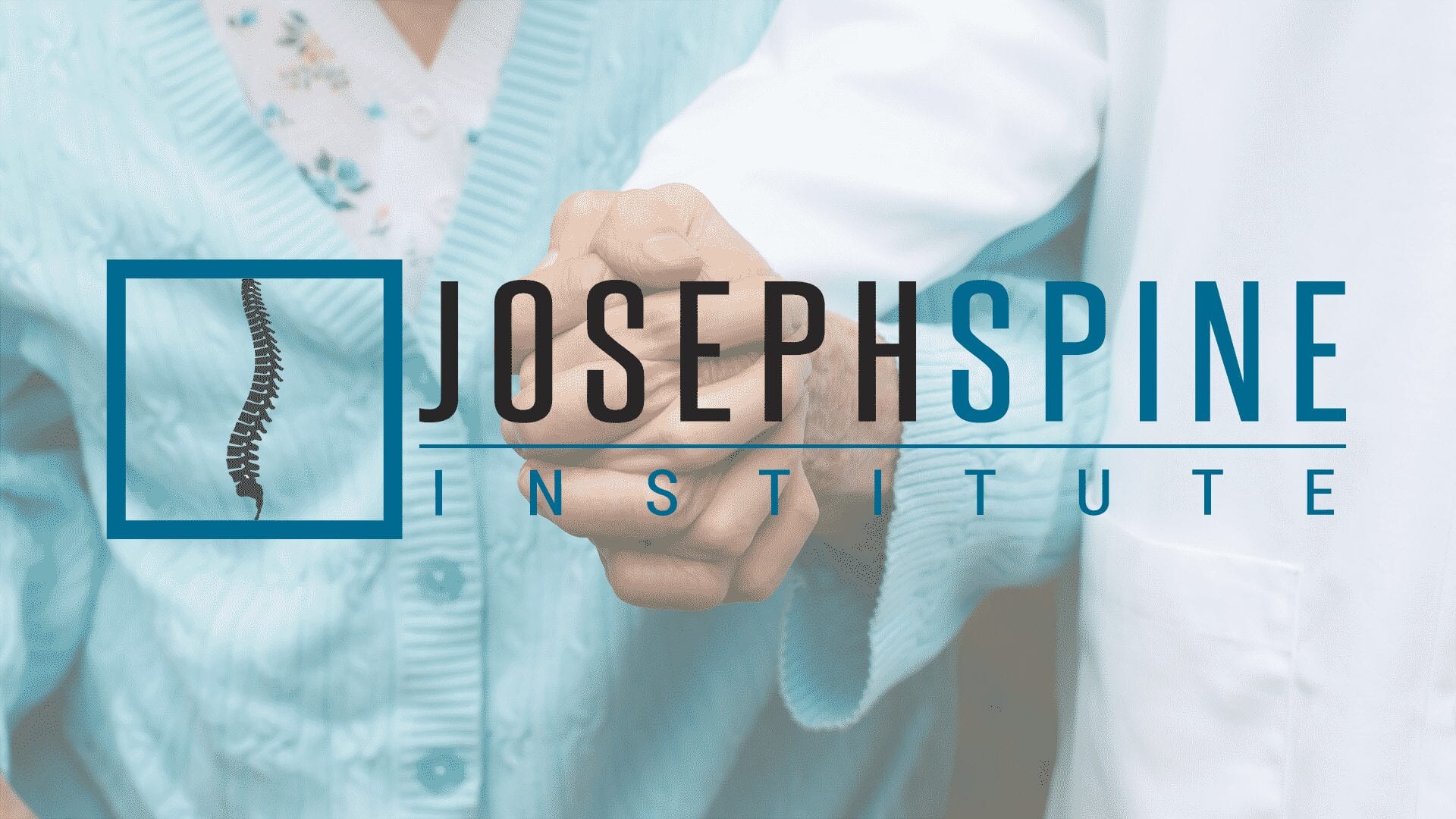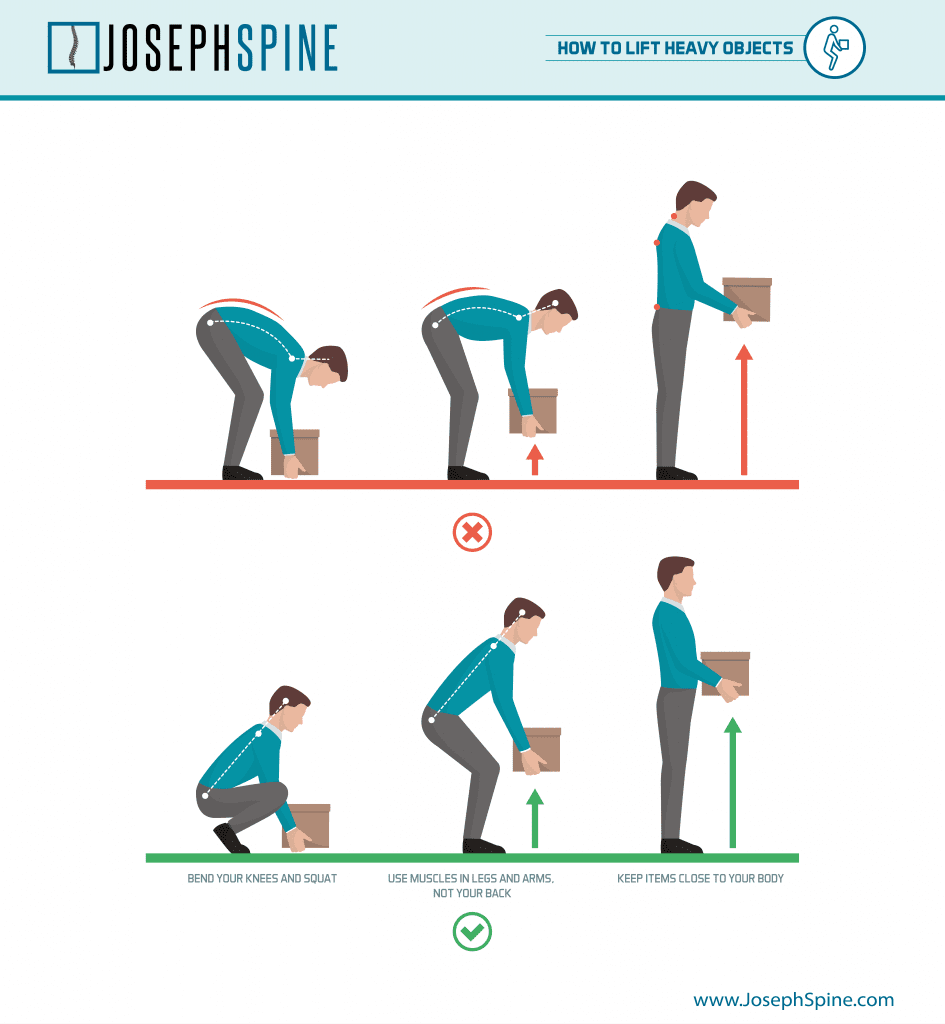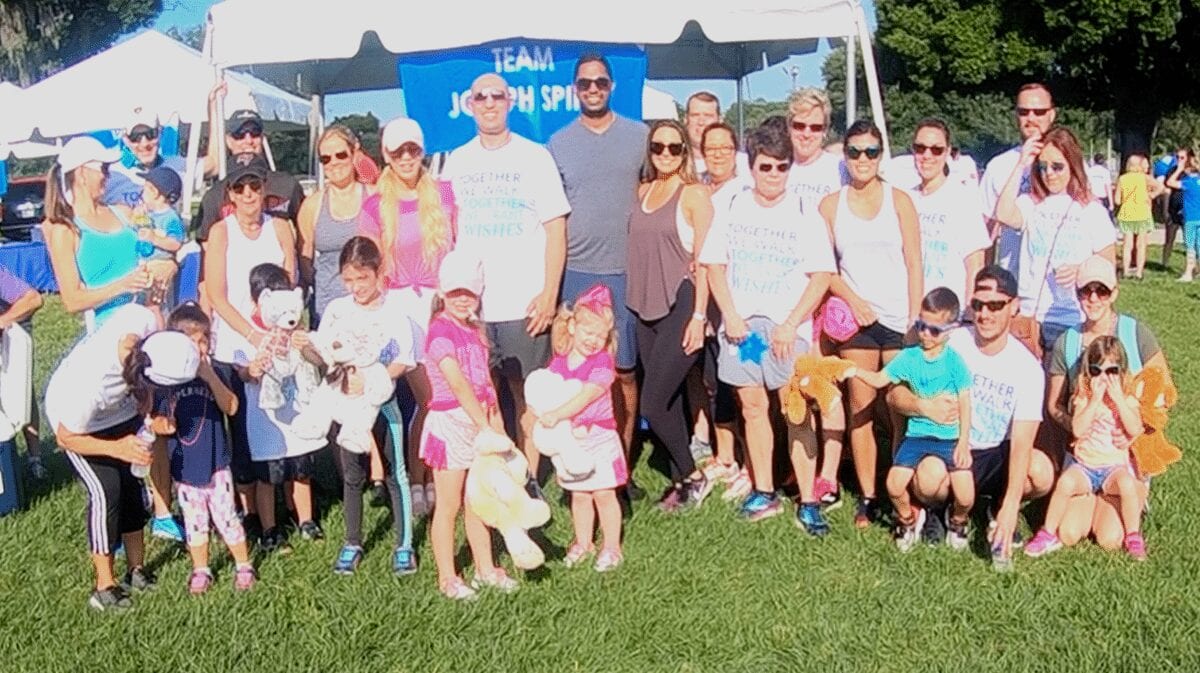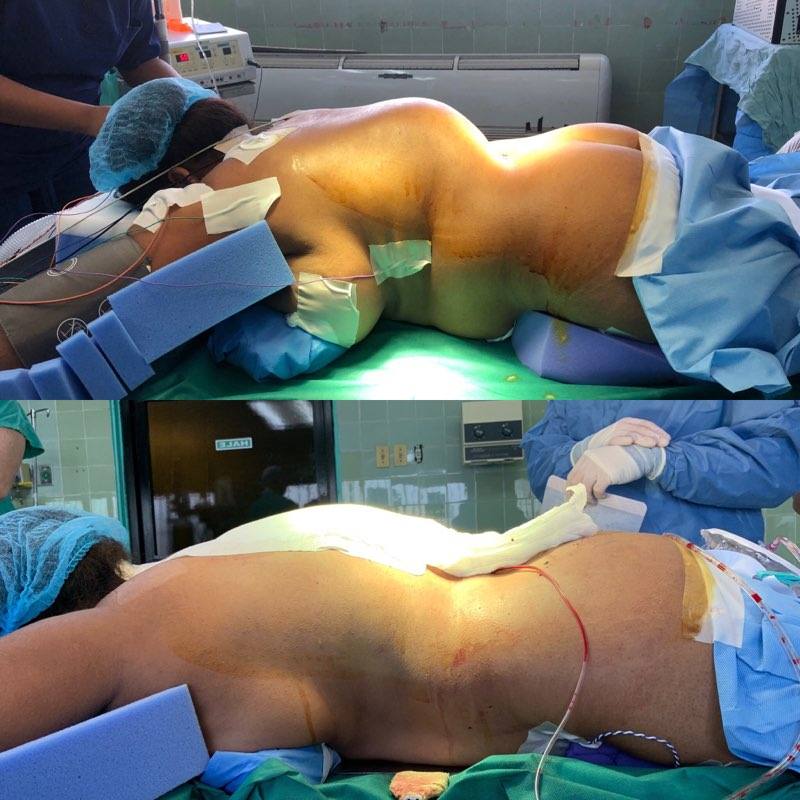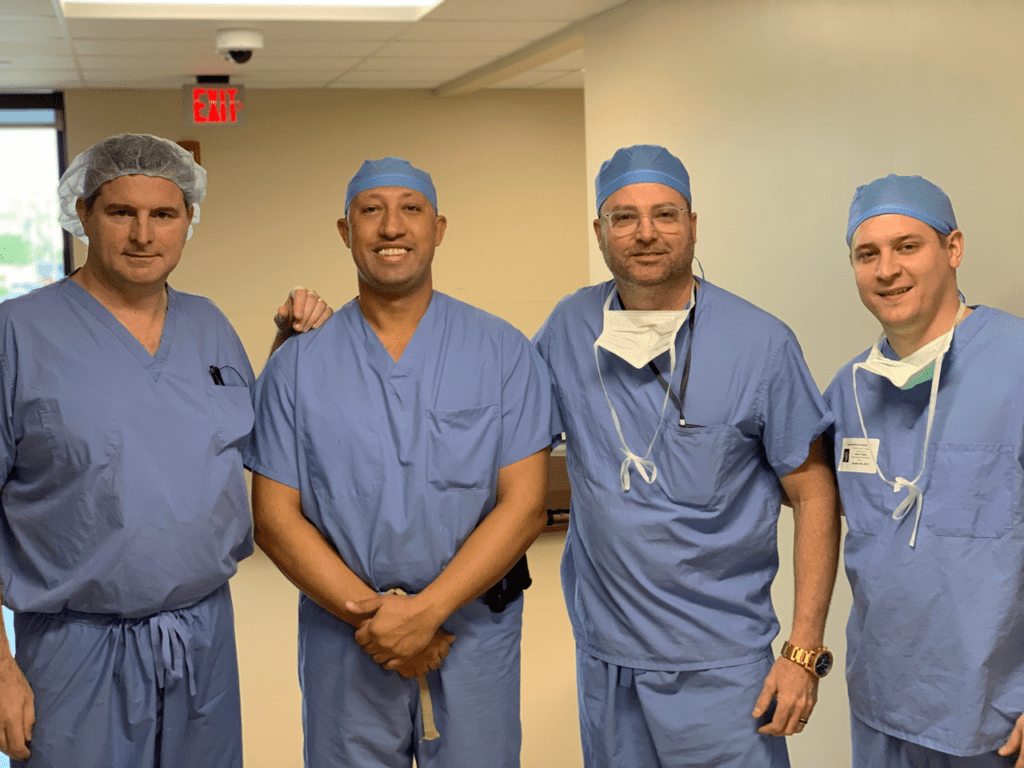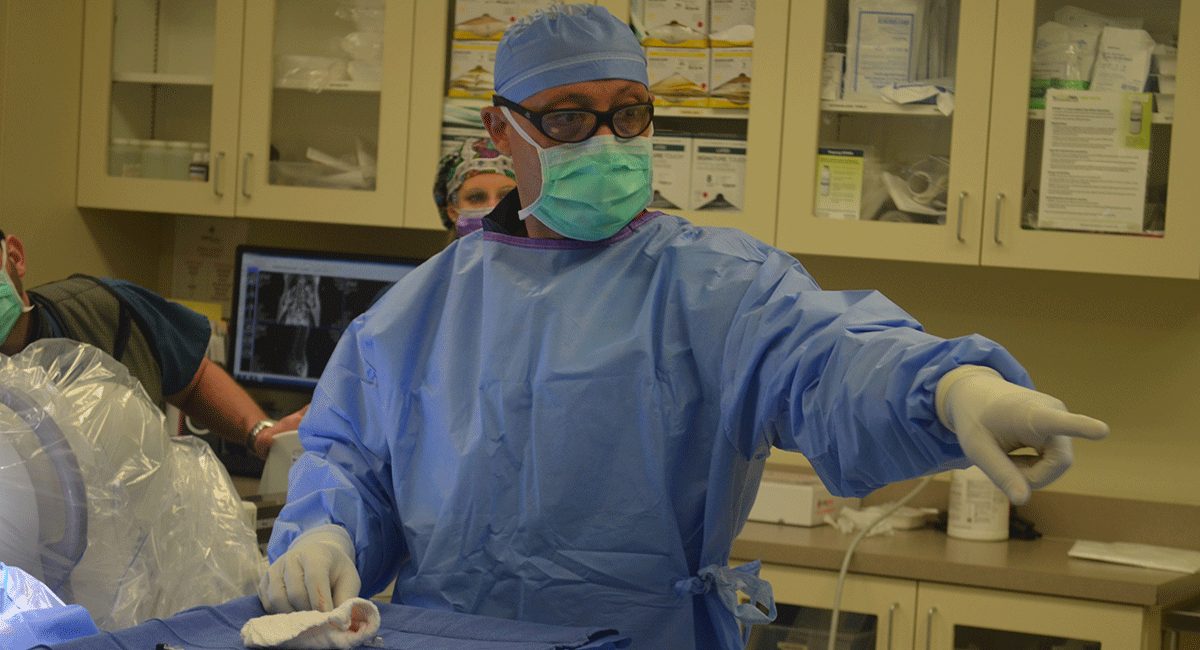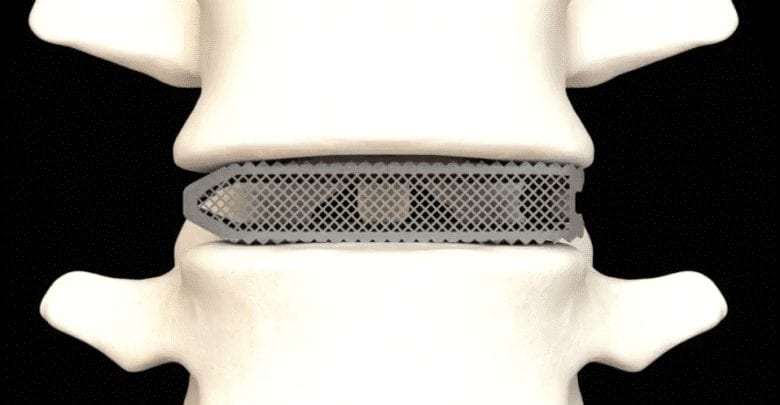Dr. Chatterjee to Serve as a Team Physician for the Buccaneers
Dr. Chatterjee Team Physician for Tampa Bay Bucs
Dr. Ron Chatterjee, a highly experienced, board-certified physical medicine and rehabilitation physician has been chosen to serve as a team physician for the Tampa Bay Buccaneers for the 2019 season. He joins Dr. Samuel Joseph, founder of Joseph Spine Institute, on the field who is now entering his 3rd season with the Bucs.
As a board-certified physician in physical medicine and rehabilitation with a sub-specialty in interventional pain, spine, and sports medicine Dr. Chatterjee brings a unique and multidisciplinary skillset to the team. Chatterjee is highly trained in the treatment and prevention of sports and exercise-related injuries and improving performance.
Interventional Pain Management
Interventional pain management is the healing art of providing treatment and prevention to pain. It includes the evaluation of the existing condition of the musculoskeletal system of the body and giving a diagnosis as to the cause and origin of pain and discomfort.
“I look forward to bringing my complimentary skill set to the team”, said Dr. Chatterjee, “My experience in the care of athletes and my expertise in the management of sports-related injuries will contribute to the comprehensive medical treatment the team receives. My goal is to quickly relieve pain and restore function to our athletes.”
Chatterjee specializes in the diagnosis and treatment of acute and chronic pain syndromes through a variety of techniques. His commitment to a multidisciplinary and holistic approach and treatments are designed to improve quality of life, reduce the need for long-term pain medication, and offer cutting edge interventional techniques to treat and manage acute and chronic pain, including stem cell therapy and Platelet-Rich Plasma (PRP) Therapy.
About Dr. Ron Chatterjee
Dr. Chatterjee is a board-certified, fellowship-trained Interventional Pain, Spine, and Sports Medicine physician. He completed his residency in Physical Medicine and Rehabilitation at UT Southwestern Medical Center in Dallas, Texas. Dr. Chatterjee was fellowship trained in Interventional Pain, Spine and Sports Medicine at Ahwatukee Sports and Spine in Phoenix, Arizona.
From the training he received, his focus is on pain originating from the spine and affecting any part of the body, although he has a strong ability to assess all types of pain and distinguishing its source. He also has expertise in the management of sports-related injuries and has been the team physician for high school football and independent professional baseball teams, along with working with the Tampa Bay Buccaneers. His education in physical medicine and rehabilitation has allowed him to help patients successfully improve their quality of life and be as independent as possible through multiple modalities. Dr. Chatterjee is a physician that will always spend extra time with patients making sure their problems are addressed and ensuring they receive the best care available. He is up-to-date with all current treatments including regenerative and stem cell treatments. Dr. Chatterjee is not only interested in improving your current pain and disability, but also your long-term health through a comprehensive, multidisciplinary and holistic approach.
About Joseph Spine Institute
With all four of our locations in the Tampa Bay area, Dr. Joseph has assembled a comprehensive team of highly skilled spine specialists that are devoted to offering the highest level of spine care available today. He has also strategically partnered with some of the most innovative leaders in the spine care industry in order to bring our patients the latest in technology, products, and resources.
From state-of-the-art technology to alternate therapies and interventional pain management treatments our industry-leading spine care practice offers our patients a comprehensive, multidisciplinary approach to diagnosis, treatment, and rehabilitation of spinal conditions. Our highly-trained and comprehensive spine, the team offer an integrated approach to patients that includes surgical and non-surgical options such as pain management and physical therapy.

